What Is Atlantic White Cedar: Learn About Atlantic White Cedar Care
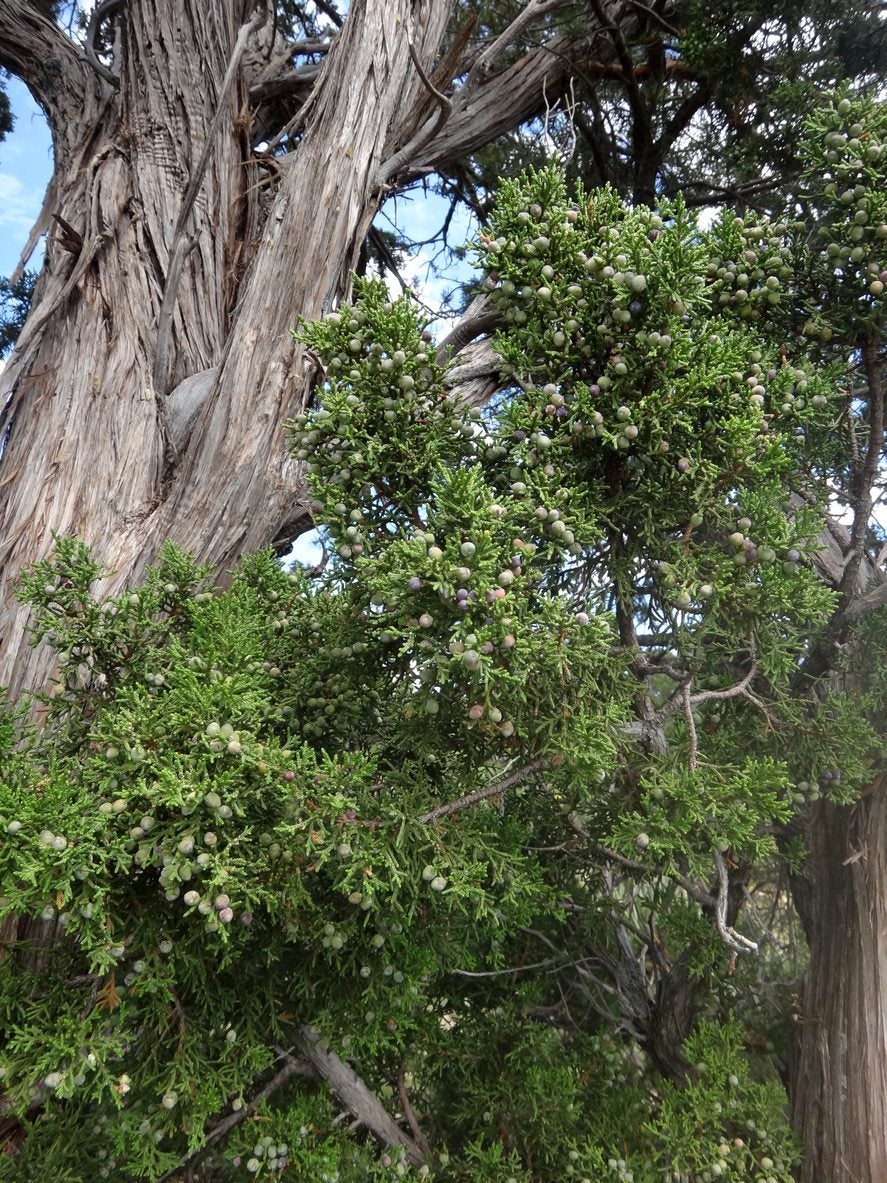

What is Atlantic white cedar? Also known as swamp cedar or post cedar, Atlantic white cedar is an impressive, spire-like evergreen tree that reaches heights of 80 to 115 feet (24-35 m.). This swamp-dwelling tree has a fascinating place in American history. Growing Atlantic white cedar isn’t difficult and, once established, this attractive tree requires very little maintenance. Read on for more Atlantic white cedar info.
Atlantic White Cedar Information
At one time, Atlantic white cedar (Chamaecyparis thyoides) was found growing profusely in swampy areas and bogs of eastern North America, primarily from Long Island to Mississippi and Florida. Atlantic white cedar was widely used by early settlers, and the light, close-grained wood was valuable for ship building. The wood was also used for cabins, fence posts, piers, shingles, furniture, buckets, barrels, and even duck decoys and organ pipes. Not surprisingly, great stands of the tree were removed, and Atlantic white cedar was scarce by the nineteenth century. As for appearance, the tiny, scale-like, bluish green leaves cover graceful, drooping twigs, and the thin, scaly bark is light reddish brown, turning ashy gray as the tree matures. The short, horizontal branches of Atlantic white cedar give the tree a narrow, conical shape. In fact, the tops of the trees often intertwine, making them difficult to cut down.
How to Grow Atlantic White Cedar
Growing Atlantic white cedar isn’t difficult but finding young trees may prove challenging. You’ll most likely need to look at specialty nurseries. If you don’t need a 100 foot tree (30.5 m.), you may find dwarf varieties that top out at 4 to 5 feet. (1-1.5 m.). If you have seeds, you can plant the tree outdoors in autumn, or start them in a cold frame or unheated greenhouse. If you want to plant seeds indoors, stratify them first. Growing Atlantic white cedar is suitable in USDA plant hardiness zones 3 through 8. A swampy or boggy area isn’t a requirement, but the tree will thrive in a water garden or damp area of your landscape. Full sunlight and rich, acidic soil are best.
Atlantic White Cedar Care
Atlantic white cedar has high water requirements, so never allow the soil to dry out completely between waterings. Otherwise, this hardy tree is disease and pest resistant, and Atlantic white cedar care is minimal. No pruning or fertilization is required.
Gardening tips, videos, info and more delivered right to your inbox!
Sign up for the Gardening Know How newsletter today and receive a free copy of our e-book "How to Grow Delicious Tomatoes".

A Credentialed Garden Writer, Mary H. Dyer was with Gardening Know How in the very beginning, publishing articles as early as 2007.
-
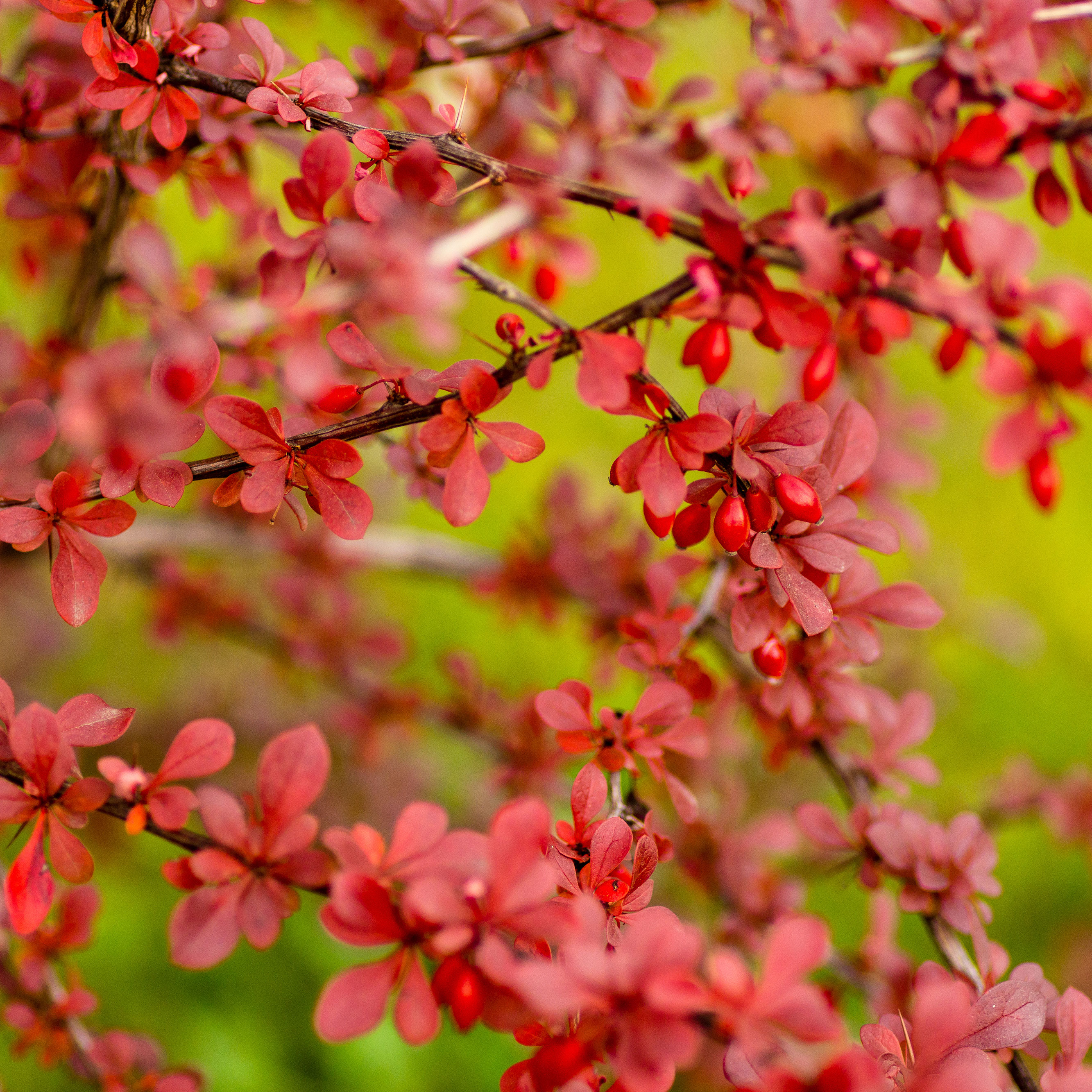 Which Invasive Shrubs Should You Avoid Growing? Plus, Best Natives To Plant Instead
Which Invasive Shrubs Should You Avoid Growing? Plus, Best Natives To Plant InsteadCertain plants may look lovely but they can wreak havoc to local areas and native wildlife. Here are the key invasive shrubs to avoid – with recommendations on gorgeous native alternatives to try
-
 What Not To Plant With Tomatoes: 8 Bad Neighbors That Could Ruin Your Harvest
What Not To Plant With Tomatoes: 8 Bad Neighbors That Could Ruin Your HarvestNot all companion plants are beneficial – some can sabotage your tomatoes. Find out which ones to keep at a safe distance in the garden.
-
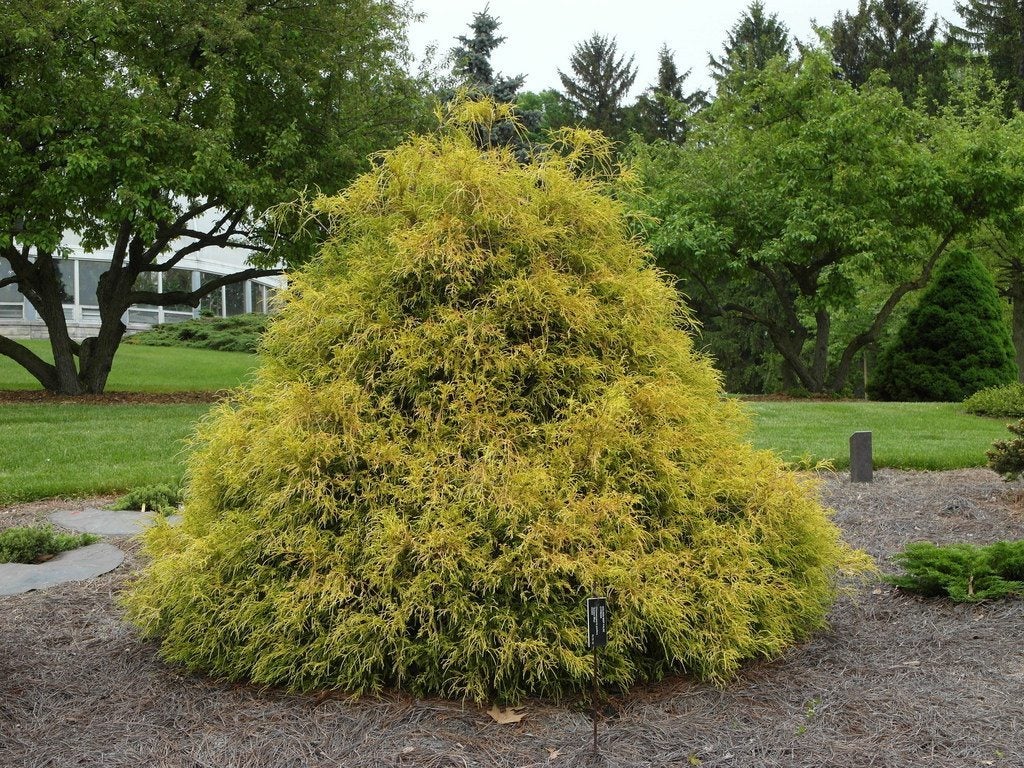 Golden Mop False Cypress: Information About Golden Mop Shrubs
Golden Mop False Cypress: Information About Golden Mop ShrubsIf you want a low-growing perennial that's a show stopper, consider growing Golden Mops false cypress. Bright and unique, they look just like their name - a golden mop.
-
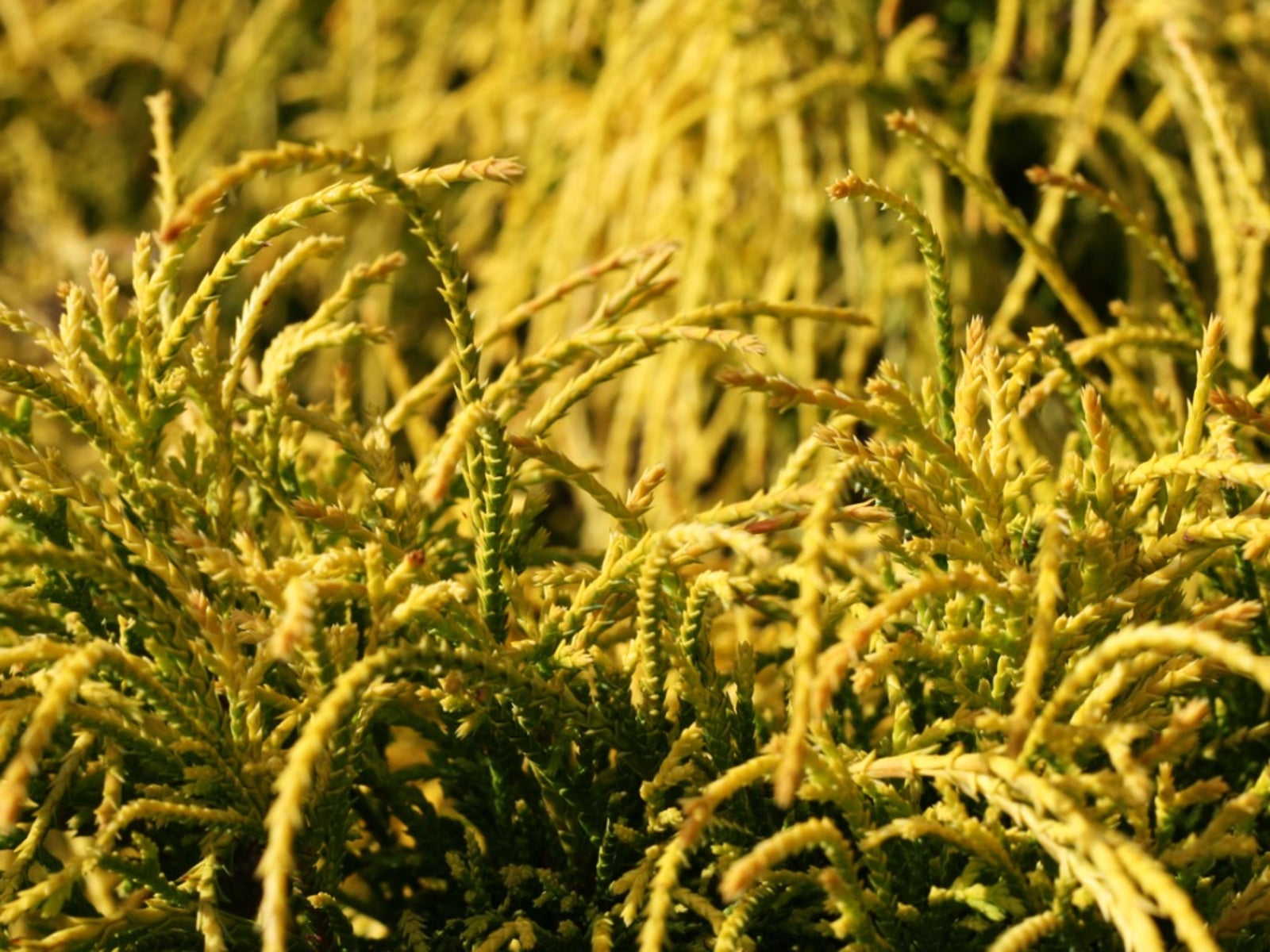 False Cypress Care: How To Grow A False Cypress Tree
False Cypress Care: How To Grow A False Cypress TreeWhether you?re looking for a low growing foundation plant, dense hedge, or unique specimen plant, false cypress has a variety to fit your needs. For more Japanese false cypress info and some tips on how to grow a false cypress, click this article.
-
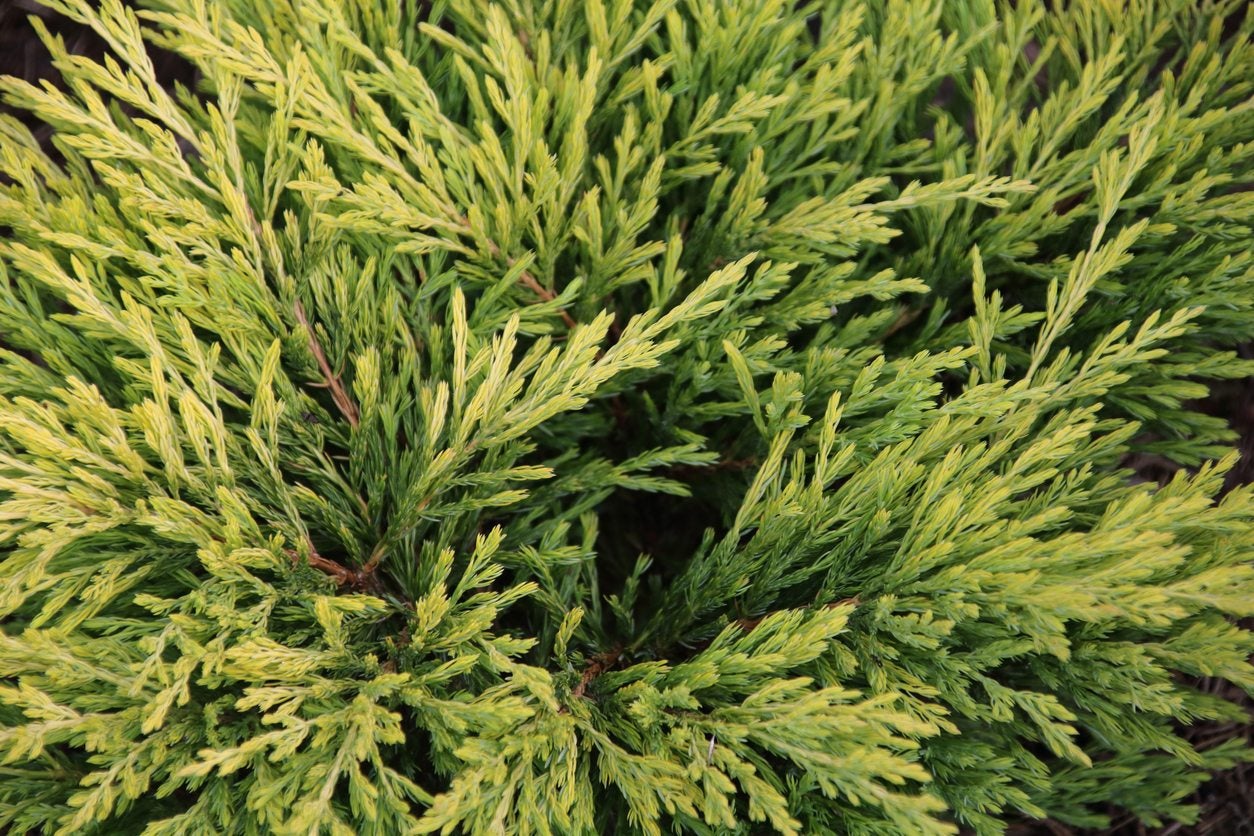 Growing Hinoki Cypress: Care For Hinoki Cypress Plants
Growing Hinoki Cypress: Care For Hinoki Cypress PlantsHinoki cypress, also known as Hinoki false cypress, is a member of the Cupressaceae family and a relative of the true cypresses. To learn more about this evergreen conifer, click on the following article for additional information and care.